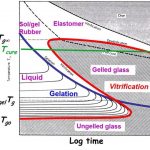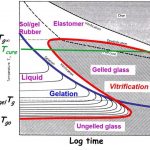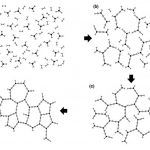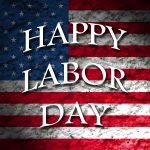In our last post we showed an epoxy amine system that was cured at 80oC for six hours resulting in a Tg of 107oC. DSC analysis showed the fully cured Tg was 131oC. What could you do to increase the Tg? Based on the TTT diagram, the best option would be to increase the cure temperature. With increased temperature one could also shorten the curing time. A safe bet would be ... [Click to Continue...]
Practical Tips for Curing Thermosets Part Two: Impact of Cure Temperature on the Glass Transition Temperature
In the previous post we reviewed the concept of vitrification during thermoset curing. In this post we will give some examples of how the cure temperature can impact the degree of cure and the glass transition temperature during processing. In the first case, we will consider the curing of a two part epoxy-amine system at 80oC. If the goal was to get a Tg as high as ... [Click to Continue...]
Practical Tips for Curing Thermosets Part One: Review of Gelation and Vitrification
In some of our previous posts we discussed the concepts of gelation and vitrification during thermoset curing. In this series of posts we are going to give some practical examples of how gelation and vitrification impact thermoset curing. Thermosets are unique in that during processing a chemical reaction (curing) transforms small molecules into a large crosslinked network. ... [Click to Continue...]
Happy Labor Day
To all my readers, have a safe and relaxing Labor Day. Back next Monday with more technical content. ... [Click to Continue...]
Renewable Polystyrene and PET: Part 4
Guest Post by Dr. Robert Humphreys As explained in previous posts, most plant biomass (about 80% by weight) consists of carbohydrates (cellulose and hemicellulose), biopolymers that are rich in oxygen. In contrast, petroleum is comparatively rich in hydrogen and contains very little oxygen (usually less than 1% by weight, often much less). Figure 1 shows the structure of ... [Click to Continue...]





